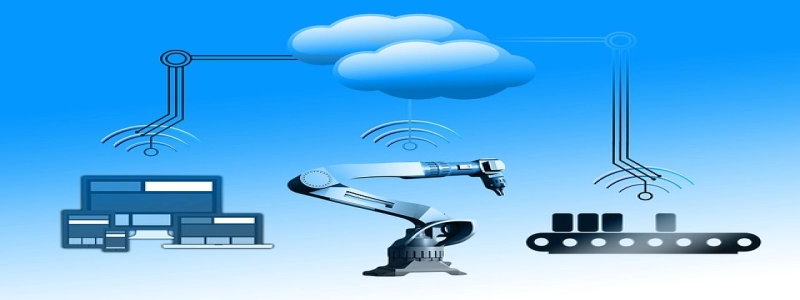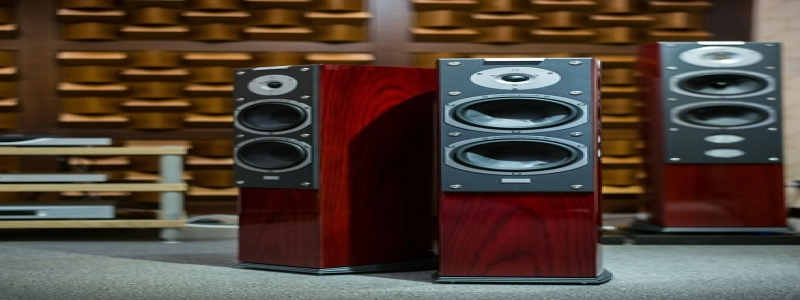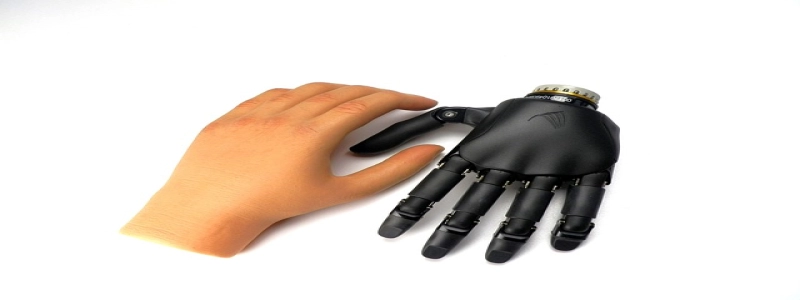Diode Laser Wavelength
Giới thiệu:
Diode lasers are widely used in various fields, ranging from telecommunications to medical treatments. One crucial parameter that affects their performance is the wavelength of the laser beam they emit. In this article, we will discuss the importance of diode laser wavelength, its impact on different applications, and how it is determined.
Wavelength and Applications:
The wavelength of a diode laser refers to the distance between two consecutive peaks or troughs of the laser beam. It is measured in nanometers (nm) and plays a significant role in determining the properties of the laser and its suitability for specific applications. Different wavelengths have distinct characteristics, making them suitable for various purposes.
Telecommunications:
In the field of telecommunications, diode lasers with specific wavelengths find extensive use. For example, the wavelength of around 1310 nm is commonly used for fiber optic communication systems. This wavelength provides low dispersion and attenuation in optical fibers, allowing for efficient transmission of information over long distances. On the other hand, wavelengths of approximately 1550 nm are utilized in Dense Wavelength Division Multiplexing (DWDM) systems, enabling multiple channels of data to be transmitted simultaneously over a single fiber.
Medical Applications:
Diode lasers are invaluable in various medical treatments, and their wavelength plays a crucial role in determining the effectiveness of a particular procedure. For instance, lasers with longer wavelengths, such as 980 nm, are commonly used in dentistry for soft tissue surgery and periodontal therapy. These longer wavelengths are highly absorbed by water and hemoglobin, making them ideal for cutting and cauterizing soft tissues without damaging surrounding areas.
In contrast, wavelengths around 532 nm are utilized in dermatology for vascular lesion removal, as they are well-absorbed by red pigments found in blood vessels. Similarly, wavelengths of approximately 755 nm are used for tattoo removal, targeting the specific colors of the tattoo ink to break it down into smaller particles that can be naturally eliminated by the body.
Determining Diode Laser Wavelength:
The specific wavelength emitted by a diode laser is determined by the materials and design of the diode. Manufacturers engineer diodes using different materials, such as gallium arsenide (GaAs), indium gallium arsenide (InGaAs), and indium phosphide (InP), to achieve the desired wavelength range. The dimensions and doping levels of these materials are carefully controlled during the fabrication process to produce lasers with specific wavelengths.
Phần kết luận:
The wavelength of a diode laser is a critical factor that determines its performance and suitability for various applications. Different wavelengths offer distinct properties, making them ideal for specific uses in fields such as telecommunications and medicine. Manufacturers achieve specific wavelengths through precise engineering in the materials and design of diode lasers. Understanding the importance of diode laser wavelength can help ensure the optimal selection and utilization of these reliable light sources in various industries.








